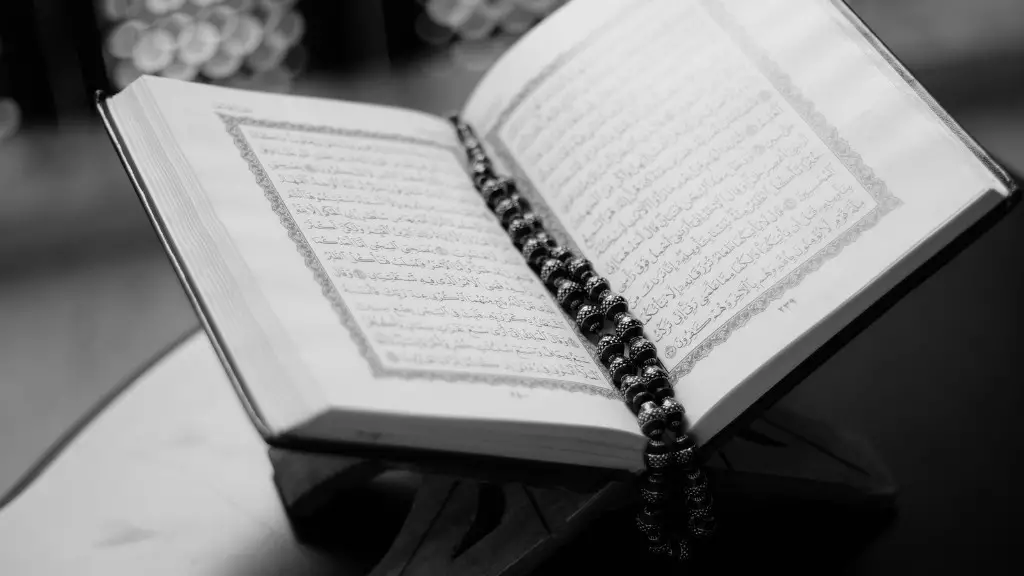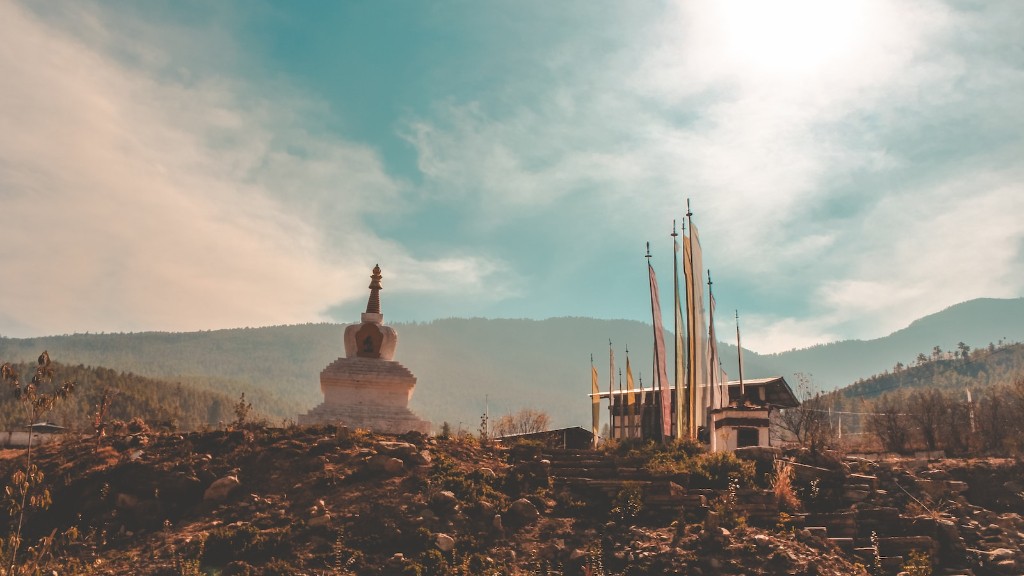The concept of life after death has captivated humanity since ancient times. Hinduism is one of the oldest and largest religions of the world, with hundreds of millions of followers. It has long held a fascination with the concept of what happens to the soul after death. Hinduism does not have one specific answer to this question, as there are a number of different beliefs. In this article, we will explore what Hinduism says about the afterlife and soul journey.
Hinduism is based on the idea that the soul never dies, just the physical body. According to Hinduism, a person’s journey, or purusha, doesn’t end at the moment of death. Instead, the soul leaves the body and is reborn in another form in the cycle of samsara, or reincarnation. The soul’s journey continues until it reaches moksha, a state of liberation and union with Brahman, the Supreme Being.
In Hinduism, the concept of reincarnation is based on the idea of karma. Karma, which can be thought of as the sum total of a person’s thoughts and deeds, influences what kind of form the soul takes after death. Generally, the better the karma, the higher the form the soul will take. Good deeds are rewarded with a higher birth and bad deeds result in a lower one. Souls that reach moksha are able to transcend the karmic cycle and be liberated from samsara.
Death In Hinduism
In Hinduism, death is viewed as a transition from one form of life to another. It is not seen as an end, but as a rebirth in a new form. Hindus believe that death is not the end, but the beginning of the soul’s new journey. Death is seen as a period of transition and transformation, rather than a complete destruction of the soul.
Hinduism also has a concept of heaven and hell, known as Svarga and Naraka. These are the ultimate destinations for the soul after death, depending on the person’s karma. Souls with bad karma are reincarnated into Naraka, or hell, while those with good karma are reincarnated into Svarga, or heaven. Svarga is a state of complete bliss, while Naraka is a state of suffering and pain.
At the time of death, the soul is released from its physical body and journeys to one of the three worlds. It is then reborn in a new form, depending on its karma. This cycle continues until the soul is able to transcend the physical world and reach moksha, or liberation from samsara.
Funeral Customs
Funerals in Hinduism generally revolve around the proper disposal of the body, as well as honoring and celebrating the soul’s journey. The body is typically cremated, as this is believed to be the proper way to dispose of the physical body and release the soul. Other customs include chanting sacred mantras and performing rituals that honor the deceased.
The funeral is believed to be a way to aid the soul’s journey. By honoring the passing of the person, their soul is seen to move onto a higher spiritual plane. It is also a way for the loved ones to show respect and honor for their deceased.
The Kaal-Sarp Yoga
The Kaal-Sarp Yoga is a concept in Hinduism where a person’s life and death are predetermined. It is believed that a person’s soul is bound by Kaal, or time, and Sarp, or fate. In this belief, the soul cannot escape its fate and is thus predetermined for a certain life and death. The Kaal-Sarp Yoga is seen as part of the cosmic cycle and a way for the soul to gain moksha, or liberation.
Hindus believe that the Kaal-Sarp Yoga helps to guide a person’s journey and destiny. It is believed to be a divine plan that helps the soul find their way to moksha, or liberation. This process is seen as a way for the soul to gain spiritual knowledge and enlightenment, and reach a state of true bliss and union with Brahman.
The Art of Dying
The Hindu tradition also offers guidance on how to properly prepare for death, known as the art of dying. By following the steps of this art form, the soul can prepare for death and navigate the after-life. This includes spiritual practices such as meditation, reciting sacred mantras, and reflecting on one’s life.
The art of dying also involves proper physical preparation for death. This includes ensuring that the belongings of the deceased are in order and all paperwork is in place. It also involves creating a proper environment for the person to die in with minimal distractions. This helps to ensure that the soul is able to move on in peace and make their transition with ease.
The Shiva-Shakti Leela
The Shiva-Shakti Leela is the ancient Hindu belief of the natural cycle of an individual’s life and death. This belief is based on the union of the two gods, Shiva and Shakti. It states that, after death, Shiva absorbs the soul and takes it to his abode where it awaits rebirth. It is regarded as one of the most important concepts in Hinduism.
The Shiva-Shakti Leela explains why Hinduism believes in reincarnation and the importance of death as a transition. In this belief, death is seen as a necessary part of the cycle of life. It is only through the death that the soul can be released and reborn in a new form. Thus, in Hinduism, death is seen as a transition from one form of life to another, rather than an ending.
Conclusion
In Hinduism, the concept of afterlife is complex and multifaceted. There is no one single answer to the question of what happens to the soul after death. Instead, there are a number of beliefs and traditions that are part of the Hindu faith. These include the cycle of samsara and reincarnation, the concept of karma, the belief in heaven and hell, funeral customs, the Kaal-Sarp Yoga, the art of dying, and the Shiva-Shakti Leela.
What happens to the soul after death is an age-old question, and Hinduism offers many beliefs and traditions to explore this concept. Understanding the intricacies of these beliefs can help to gain insight and knowledge into the afterlife, and how the soul continues its journey after this life.


